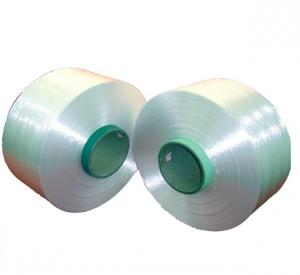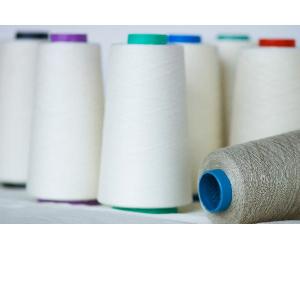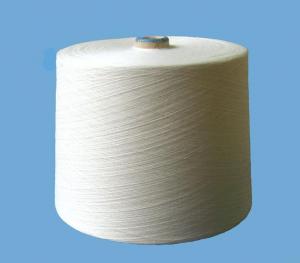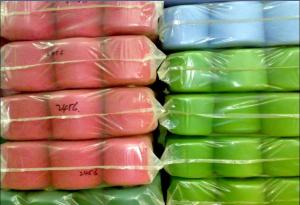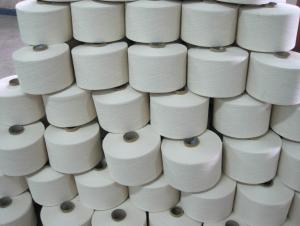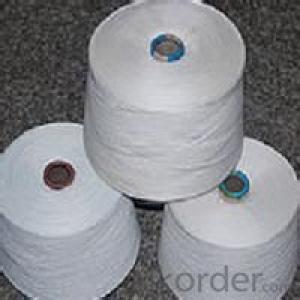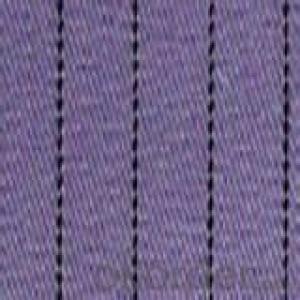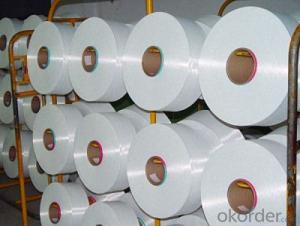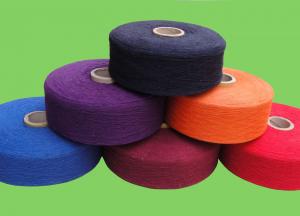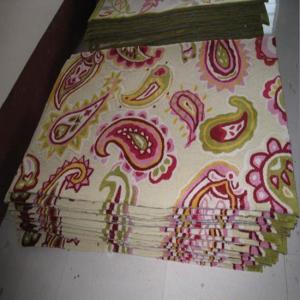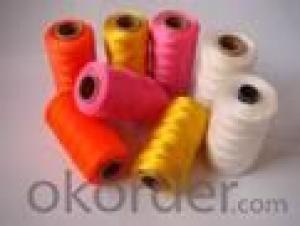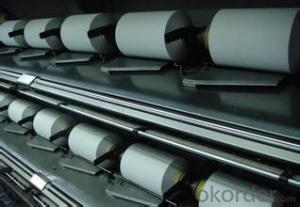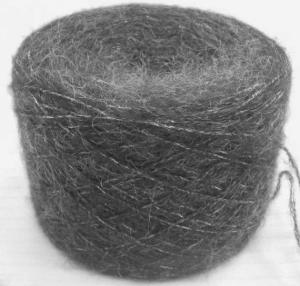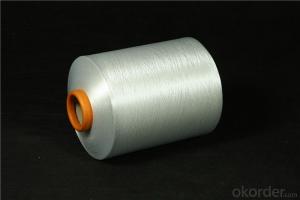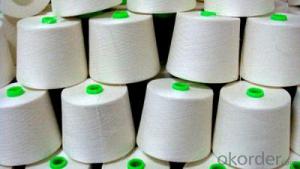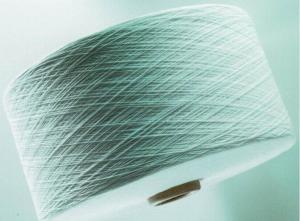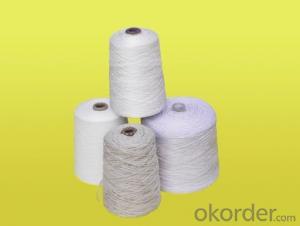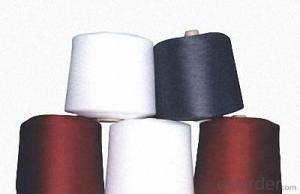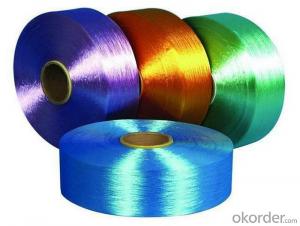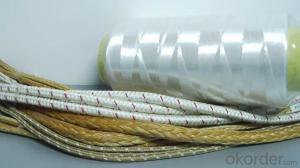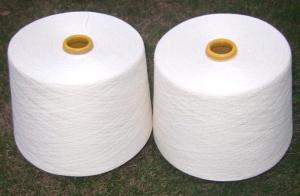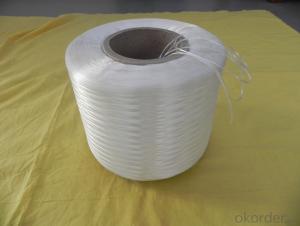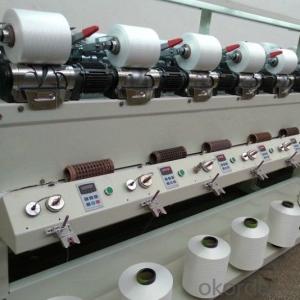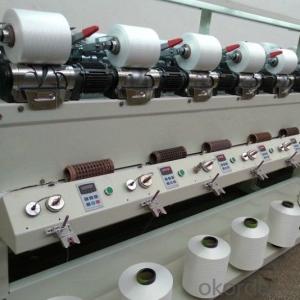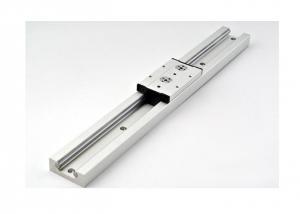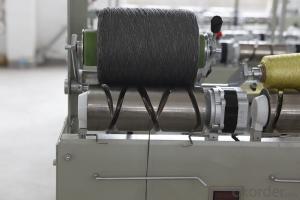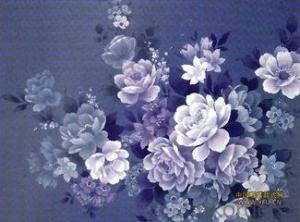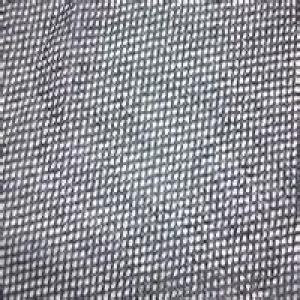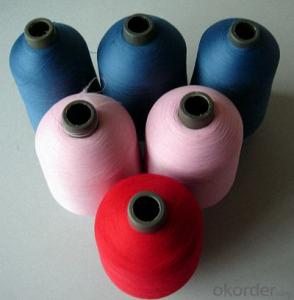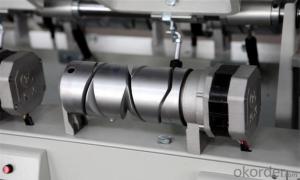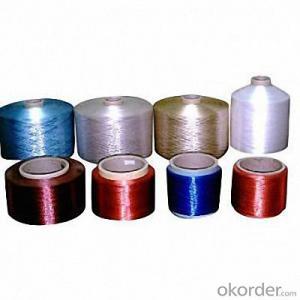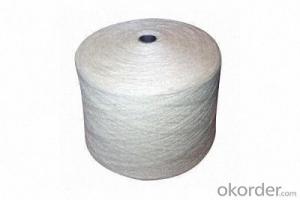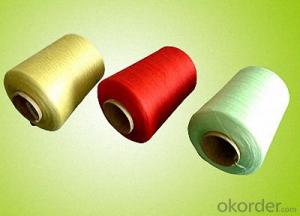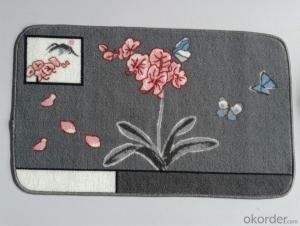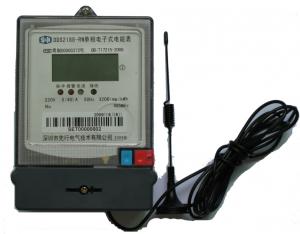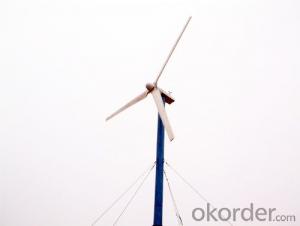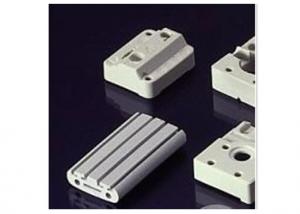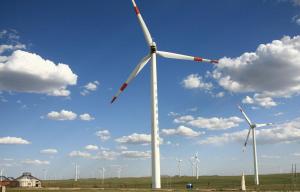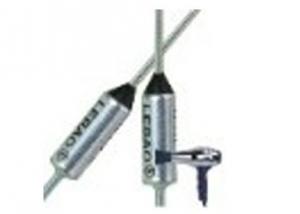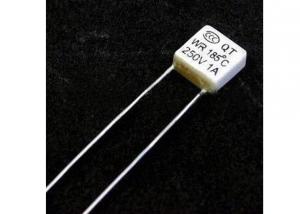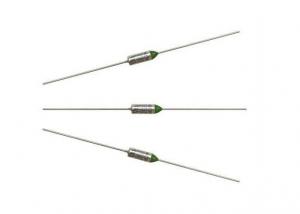Rayon Yarn
Rayon Yarn Related Searches
Rug Yarn Ribbon Yarn Sewing Yarn Fabric Yarn School Yarn Mohair Yarn Knitting Yarn Multicolor Yarn Natural Fiber Yarn Fibrillated Yarn 100 Acrylic Yarn Yarns And Fibres Purl Yarn Red Heart Yarn Uk Seafoam Green Yarn Joann Upholstery Fabric 50 Wool 50 Acrylic Yarn Rail Crane Crane Rail Crochet Yarn Malaysia Antique Rugs Antique Rug Liquid Silk Lubricant Red Heart Yarn Knitting Patterns Living Rugs Washable Worsted Weight Yarn Asian Upholstery Fabric Resin Furniture Resin Roof Textile FiberRayon Yarn Supplier & Manufacturer from China
Rayon Yarn is a versatile textile product made from regenerated cellulose fibers. It is known for its softness, luster, and silk-like appearance, making it a popular choice for various applications. This eco-friendly yarn is widely used in the production of clothing, home textiles, and industrial fabrics due to its excellent drapability and moisture absorption properties. Rayon Yarn's unique characteristics also make it suitable for a range of usage scenarios, including fashion apparel, bedding, upholstery, and more. As a result, it has become an essential material in the textile industry, catering to diverse consumer needs and preferences.Okorder.com is a leading wholesale supplier of Rayon Yarn, offering a vast inventory to meet the demands of various industries. With a commitment to quality and customer satisfaction, Okorder.com ensures that their Rayon Yarn products are of the highest standard, making them a reliable choice for businesses looking to source this material. Their extensive selection and competitive pricing make Okorder.com a go-to destination for those in need of Rayon Yarn for their manufacturing or retail operations.
Hot Products
